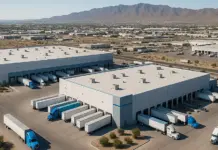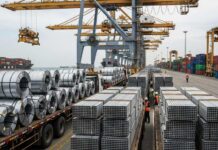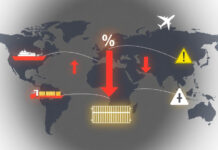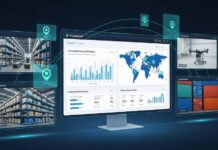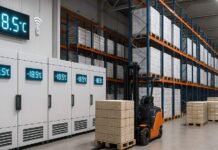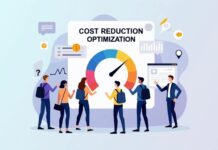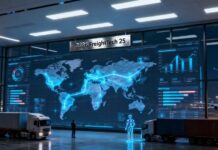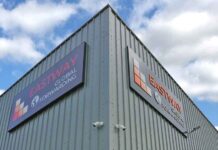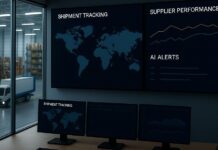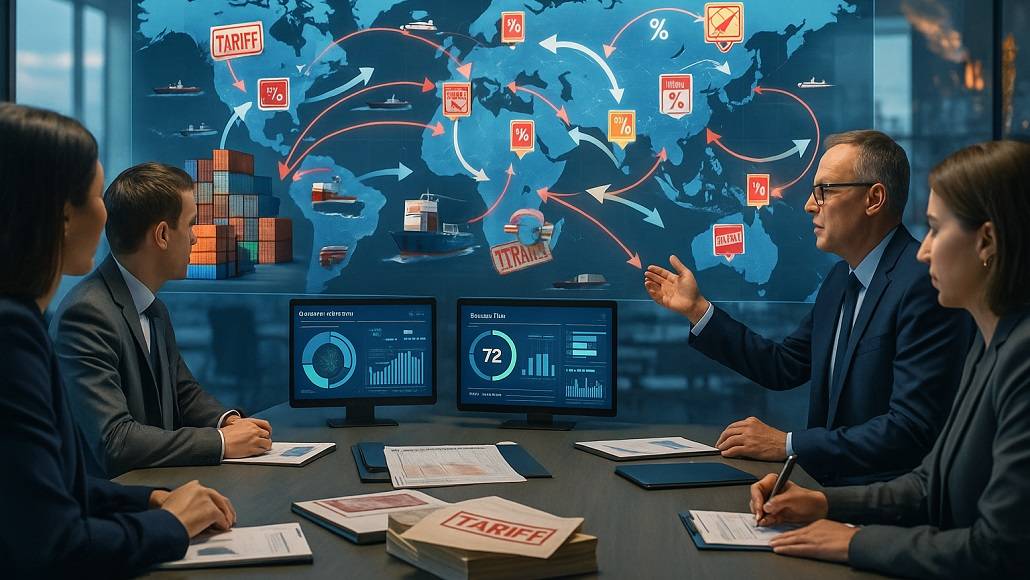The complexities surrounding political, economic, and social factors have always influenced the global business environment. Tariffs are one of the most important factors in the impact on procurement alternatives and supply chains. Tariffs are usually used by governments as a form of protectionism for domestic sectors, managing international trade deficits, and/or projecting geopolitical interests. Effectively, companies have to deal with how to deal with the enhanced costs and possible restrictions that tariffs can impose on the movement of products. For procurement leaders, tariffs can bring supply chains crashing down, drive up costs, and create operation inefficiencies. Yet, through well-designed strategies, companies can develop resilience, manage risks, and convert tariff obstacles into strategic advantages.
Understanding the Impact of Tariffs on Procurement
Tariffs, basically taxes on imports, can be game changers in terms of your company’s sourcing alternatives. When tariffs are imposed or raised, companies have to face cost impacts that resonate throughout the supply chain. Such costs tend to get passed through to raw materials, parts, or finished products. For procurement teams, this poses a dilemma: absorb the added costs, pass them along to customers, or seek alternative solutions.
In addition to cost, tariffs also have more far-reaching effects for resilient procurement strategies in the supply chain. The imposition of tariffs has the potential to disturb long-established supplier connections, force businesses to reconsider sourcing choices, and create production timeline delays. Tariffs also create uncertainty, especially if introduced suddenly or are changed regularly. Procurement leaders are forced to stay abreast of trade policies and retain the flexibility to respond to changing circumstances.
The Case for Strategic Procurement Planning
In order to successfully navigate tariffs, organizations need to embrace a forward-thinking and strategic procurement approach. This entails not only reacting to current tariff structures but also hedging against future changes in trade policies. Resilience in procurement is founded on a knowledge basis of data-driven intelligence, collaboration, and innovation.
Procurement teams must create a thorough knowledge of their supply chain, including where goods come from, materials’ tariff classifications, and the possible cost effects of different trade situations. By charting the supply chain and surveying the tariff environment, businesses can find weaknesses and investigate substitute sourcing methods.
Table: Key Impacts of Tariffs on Procurement
| Aspect | Impact of Tariffs |
| Cost Structure | Increased costs for imported goods and raw materials |
| Supplier Relationships | Potential disruption in relationships with foreign suppliers |
| Supply Chain Efficiency | Delays in shipping and customs clearance |
| Operational Uncertainty | Fluctuations in trade policies and tariffs |
| Competitive Positioning | Higher costs impacting pricing strategies |
- Building Resilience Through Diversified Sourcing
One of the most successful techniques for coping with tariffs is diversifying the supply base. A single supplier or region dependence can leave organizations vulnerable to many risks, particularly when tariffs are levied on products coming from the region. Diversification eliminates dependency, increases flexibility, and gives leverage for bargaining.
Procurement leaders may seek alternative sources, such as suppliers with countries that have favorable trade agreements or lower tariff rates. For instance, free trade agreements among some nations could offer opportunities to purchase goods at lower or no tariffs. Nearshoring, sourcing suppliers nearest the markets to save on logistics and offset tariff effects, is also a consideration for organizations.
- Data-Driven Decision Making in Procurement
In a data enabled age sparked by the digital revolution, data is a key enabler of resilient procurement strategies. Organizations have access to insider tools for analysing the the cost burden by tariffs, making tradeoffs between sourcing alternatives, and ultimately make better informed decisions. Data allows procurement teams to recognize savings opportunities, forecast possible risks and comply with market regulations.
For instance, the software platforms that integrate tariff data, supplier data, and market trends enable procurement leaders to assess the total landed cost of goods.
- Collaborative Approaches to Managing Tariffs
Collaboration is one of the keystones for resilient procurement practices. With collaboration, companies have greater visibility across their supply chains, and with collaboration across suppliers and logistics providers they can create collaborative tactics Archive retailers to mitigate tariff impacts. For example, suppliers may choose to absorb part of the tariff in order to add to their value, as well as change shipping routes whereby they can ship goods for less money.
Collaboration does not only happen externally with suppliers; internal collaboration must also exist. Procurement department must work hand in hand with finance, legal, and operations in order to have consistent strategies and compliance with trade regulations. The more transparent information and cross functional collaboration can occur, the easier it is for organizations to maneuver the changing tariff context.
- Investing in Tariff Engineering and Product Design
Tariff engineering is a. Tactical strategy which involves changing product design or manufacturing process to lessen tariff expenses. By learning the tariff classification system and the principles of origin, businesses are able to find means to reclassify products under lower tariff rates. For instance, producing products in another country or employing substitute materials can entail substantial cost savings.
Product design also has an important function in tariff mitigation. Through designing goods with fewer dependencies on foreign material inputs, organizations are able to minimize their tariff exposure. Design solutions with innovation not only help to mitigate risks but also increase product sustainability as well as competitiveness in the market.
- Balancing Cost and Sustainability
Although tariff management is a cost-centric initiative, organizations also need to take cognizance of the larger implications of procurement strategy. Sustainability and socially responsible sourcing are increasingly on the radar of consumers, investors, and regulatory bodies. Procurement leaders must also ensure the strategy embraces the organization’s sustainability goals and corporate social responsibility commitments. Diversifying suppliers to lessen tariff impacts should not come at the expense of ethical labor practices and environmental considerations. Organizations must be diligent in their procurement decisions to ensure they meet their values and comply with international sustainability standards.
Future Outlook: Adapting to an Evolving Trade Environment
There is uncertainty in the international trade landscape with ongoing geopolitical tensions and evolving economic policies. In order to navigate such complexity, organizations need to take a forward-thinking approach to resilient procurement strategies. Scenario planning, risk analysis, and ongoing monitoring of trade policies are all critical elements of this approach.
Innovation, collaboration, and agile supply chains will help organizations respond to future challenges. Procurement leaders must be willing to establish a culture of innovation and flexibility to empower their teams to adapt to changing trade conditions.
Conclusion: Turning Tariff Challenges into Opportunities
Having a strategic mindset and resilience to get around tariffs is essential. Tariffs are not barriers to procurement leaders but challenges to innovate, work collaboratively, and create long-term value. Organizations can create a more resilient and sustainable procurement network through diversifying suppliers, utilizing data, and investing in strategic initiatives.
In a world where uncertainty is the only certainty, procurement resilience provides a competitive advantage.



